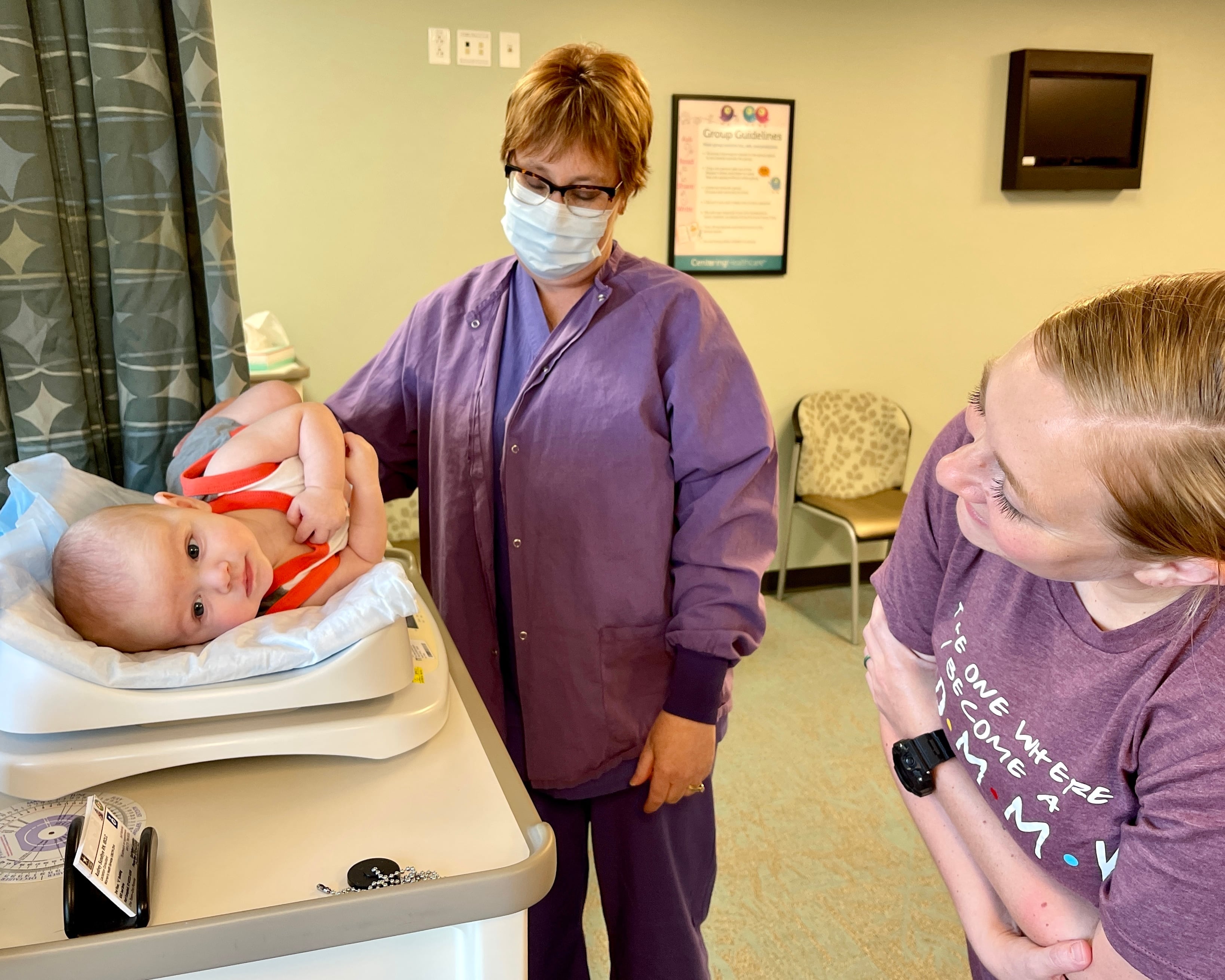Two recruits learned that they had a rare blood disorder after they got to boot camp. It played a role in at least one of their deaths, according to autopsy reports obtained by Navy Times.
Seaman Recruit Kierra Evans, 20, collapsed while running during a Feb. 22 physical fitness assessment at Recruit Training Command in Great Lakes, Illinois . She was taken to Northwestern Lake Forest Hospital and resuscitated but died later that night while in intensive care.
Two months later, 18-year-old Seaman Recruit Kelsey Nobles, of Mobile, Alabama, collapsed while running her final physical test on a track in a Great Lakes gymnasium.
According to her autopsy, she was wearing a belt with red flags attached to it that signify that she had sickle cell trait.
The Lake County Coroner ruled Evans died due to exertional rhabdomyolysis, or the breakdown of muscle brought on by extreme exertion.
Sickle cell trait was noted as a contributing factor.
The same coroner’s office said Nobles’ death resulted from an irregular heartbeat caused by an inflamed heart. The report noted the presence of “few ‘sickle’ shaped blood cells,” as well as her history with sickle cell trait, but did not name it a significant contributor in her death nor did it indicate evidence of a crisis related to the disorder.
Both women were only days away from graduating from boot camp.
Sickle cell trait affects as many as three million Americans, perhaps up to 10 percent of African Americans, according to the American Society of Hematology.
It’s not the same as sickle cell disease, which is caused by two inherited genes that lead to abnormal protein in the red blood cells that harden and form sickle shapes that can clog blood flow.
Someone with sickle cell trait carries one abnormal gene. A person might never experience problems, although complications — including sudden death following extreme exertion or in cases of dehydration — are possible.
Kierra Evans enlisted in the Navy on Jan. 2. She didn’t know she had sickle cell trait until a boot camp blood test revealed it, her mother, Kenya Evans, told Navy Times during a telephone interview.
Kierra told her mom about the diagnosis about a week later in a letter home.
“I didn’t have a clue about it,” Kenya Evans said. “I learned about it when she learned about it.”
When recruits arrive at Great Lakes, they go to USS Red Rover, a branch clinic at the Capt. James A. Lovell Federal Health Care Center. There, they’re screened for medical conditions including hepatitis B and C, HIV, tuberculosis and sickle cell, according to Center spokesperson Jayna M. Legg.
Evans said her daughter spent four years in the Junior Reserve Officers’ Training Corps program at Neville High School in Monroe, Louisiana, and joined the Navy to become a nurse.
She questions how much information the Navy provided to her daughter about sickle cell trait before her collapse. The Navy could have sent her home, she added.
“If you were going to keep her, you have to make the necessary accommodations for a sickle cell patient," the mother said. “They know that they’re not supposed to overexert her.”
Harold Nobles said his daughter also didn’t find out about having sickle cell trait until after she went to boot camp.
Nobles said his daughter had been running up to three miles daily before enlisting March 6. She saw the sea service as a path to reach her beloved Auburn University. She loved the Tigers’ football team and planned to become a pediatrician.
Now her father struggles daily wondering if the daughter he nicknamed “Tofu” — because of her devotion to perfection and being fancy — suffered in her final moments.
After the deaths of Evans and Nobles, the Navy issued a May 19 administrative message cautioning about the risks of exercise-related deaths. It directed changes in rolling out the physical readiness test.
A pre-physical activity checklist released the same month directs those with sickle cell trait be cleared by a medical provider before participating in exercise.
Because of the administrative message, boot camp officials added more safety observers for high risk training, placed more oxygen bottles in physical fitness areas and educated staff and recruits on recognizing and responding to signs and symptoms of sickle cell trait, sudden cardiac arrest and heat stroke, according to Lt. Cmdr. Frederick Martin, a Recruit Training Command spokesman.
Martin said the Navy is continuing to investigate the deaths of Evans and Nobles. The Naval Criminal Investigative Service declined to release their probes into the deaths, saying that each is ongoing.
Lisa Nobles didn’t want to discuss her daughter’s health when reached by phone by the Navy Times but indicated her disappointment in how the Navy and NCIS handled the investigation.
Nobles said she had to call at least “30 different numbers” to find out what had happened.
“I had to call, and call, and call, and call and call on top of trying to grieve my daughter,” Nobles said.
The changes at Great Lakes are too little, too late for Kierra, Kenya Evans added.
“I’m glad that my daughter is able to probably save other peoples’ lives with this trait that wants to join the military,” she said. “But what I’m unhappy with (is) the way the Navy handled it.”
While her daughter told her in January that she was supposed to wear the red-flagged belt, Kenya Evans said she did not know whether Kierra had it on when she died.
Her autopsy report doesn’t refer to it.
Spokesman Martin could not say if Kierra Evans was wearing the belt on the day she died but said it is “standard practice” for those with certain medical conditions to wear one during physical exertion to signify they’re at higher risk for health complications.
Her mother said she last spoke with Kierra Evans in a three-minute phone call on Feb. 20. She believes her daughter’s body was already beginning to break down.
She said she learned her daughter’s cause of death from news reports and has not heard from the Navy about it.
Evans said she plans to exhume Kierra’s body for a second autopsy and is mulling a lawsuit against the Navy.
“They dropped the ball and they know they did,” she said.
Harold Nobles sends a text to Kelsey every Saturday in preparation for Auburn football. He tells her he loves her and writes the school’s battle cry: “War Eagle.”
“I keep thinking, maybe one day I’ll get a text back.”
Courtney Mabeus-Brown is the senior reporter at Air Force Times. She is an award-winning journalist who previously covered the military for Navy Times and The Virginian-Pilot in Norfolk, Va., where she first set foot on an aircraft carrier. Her work has also appeared in The New York Times, The Washington Post, Foreign Policy and more.





